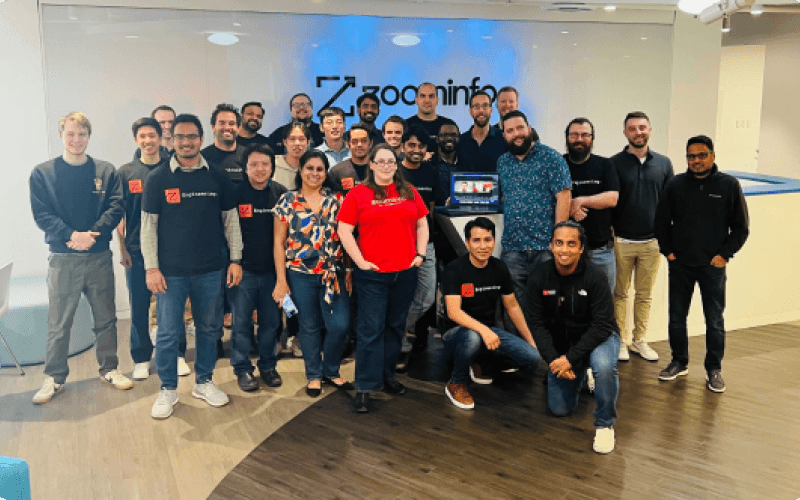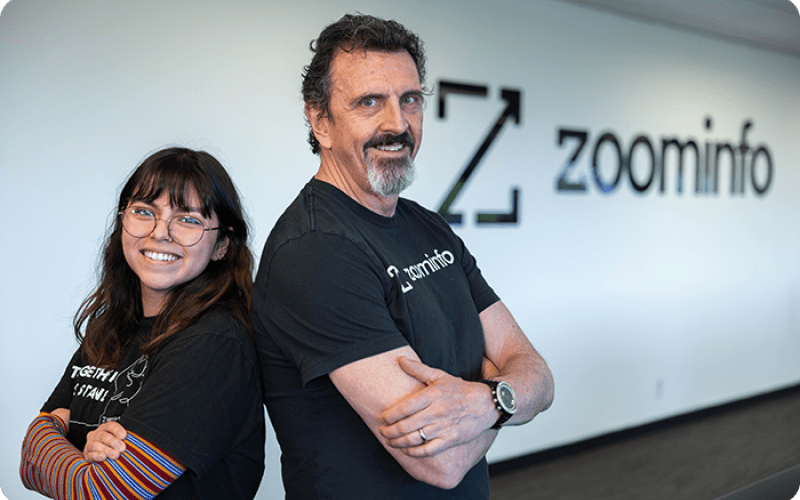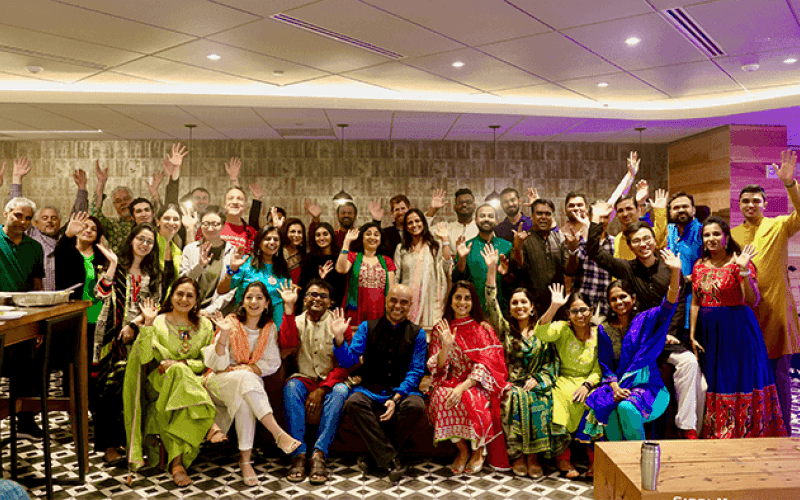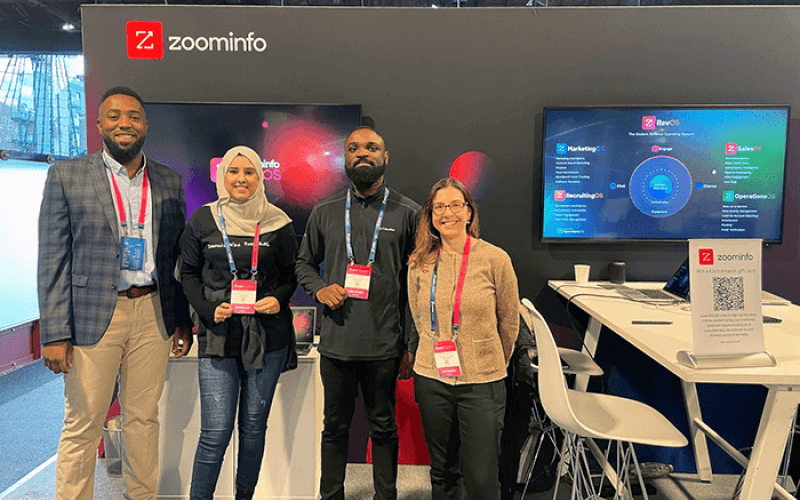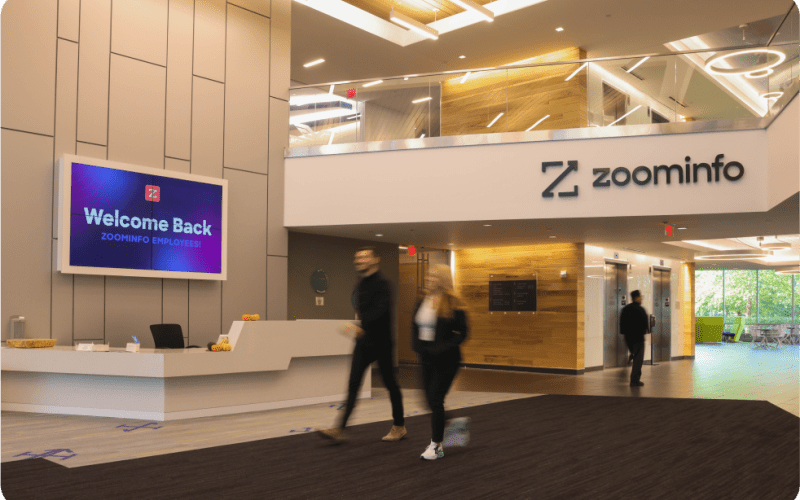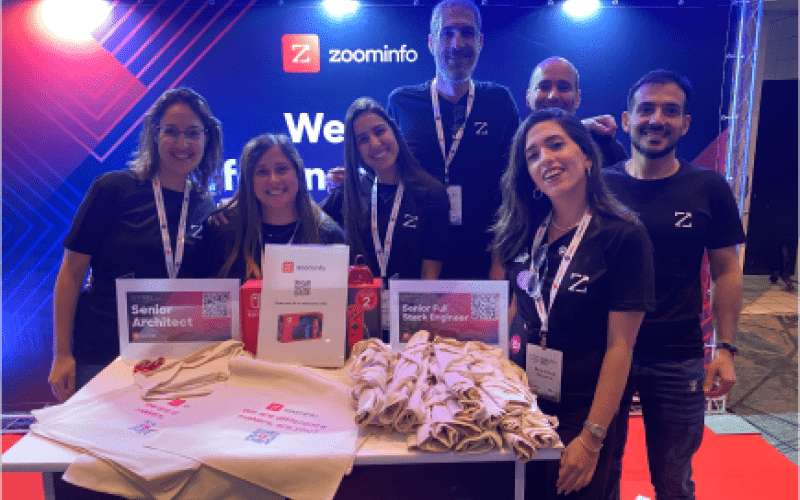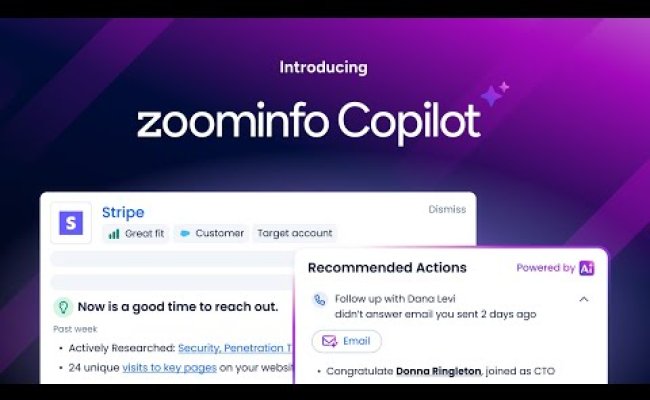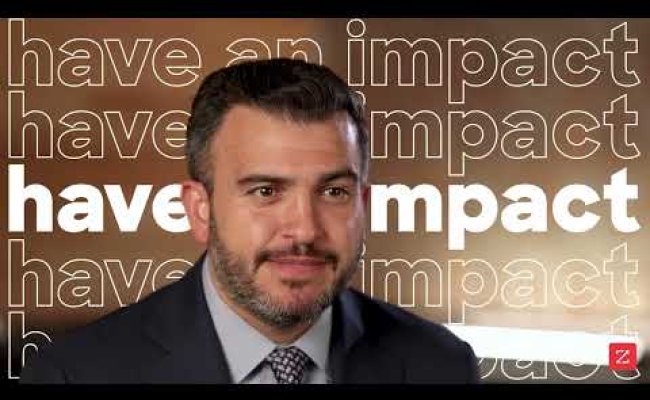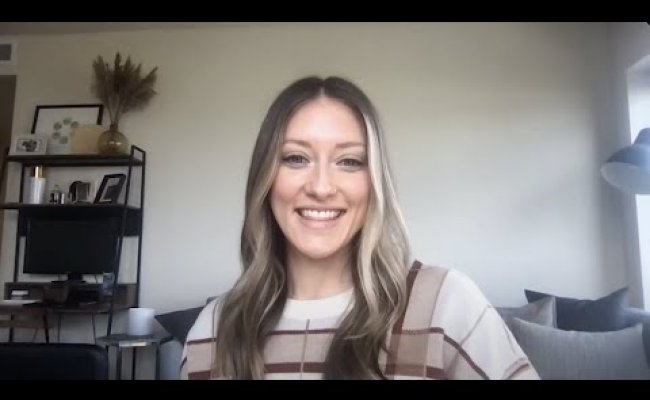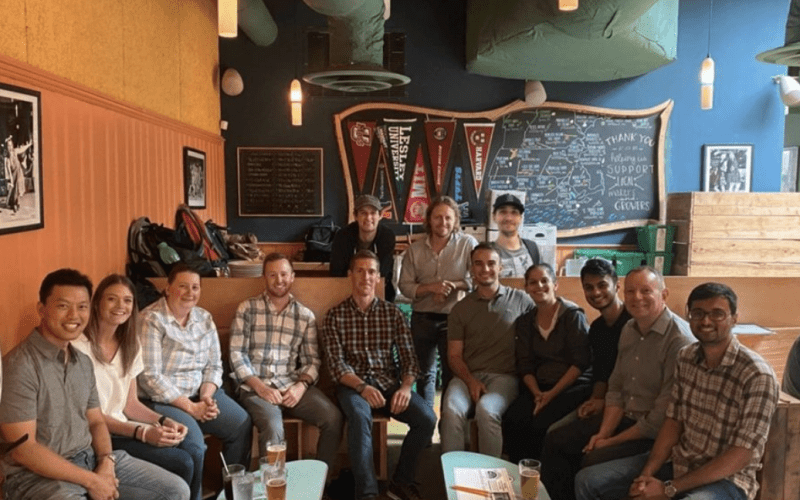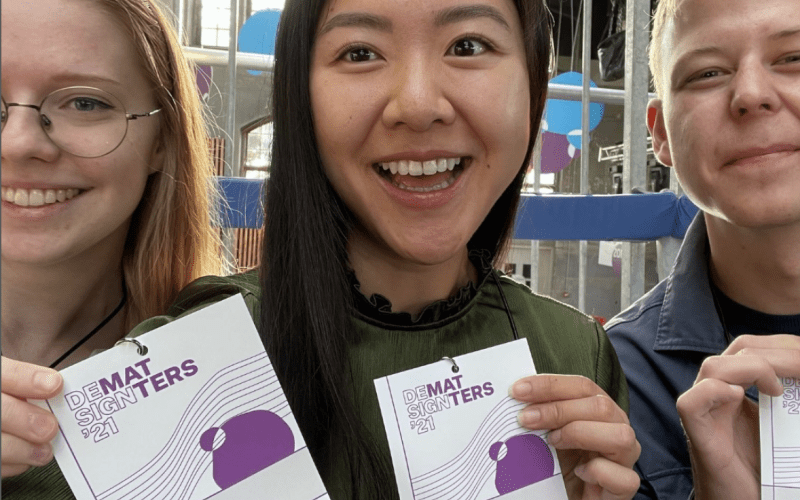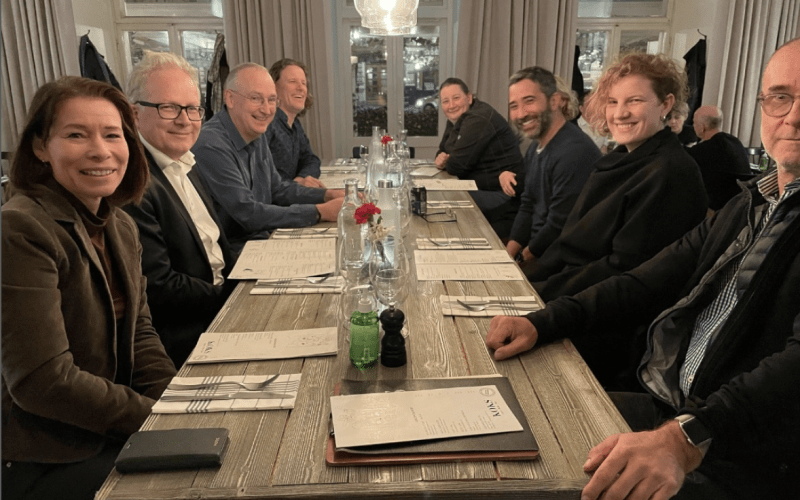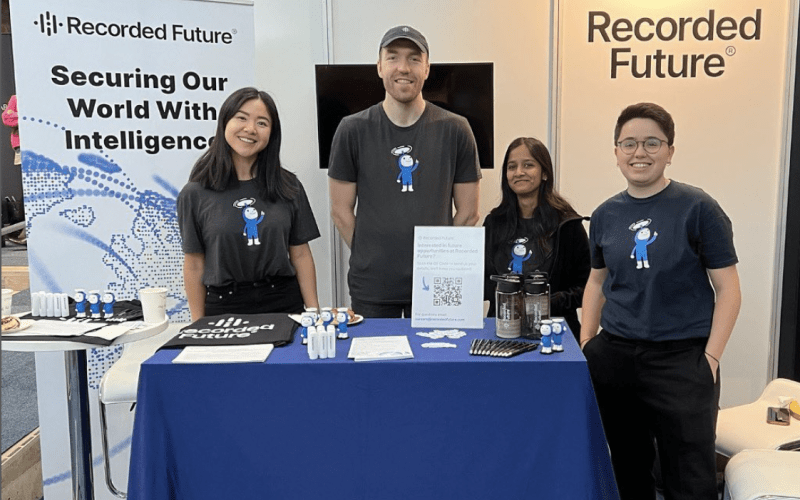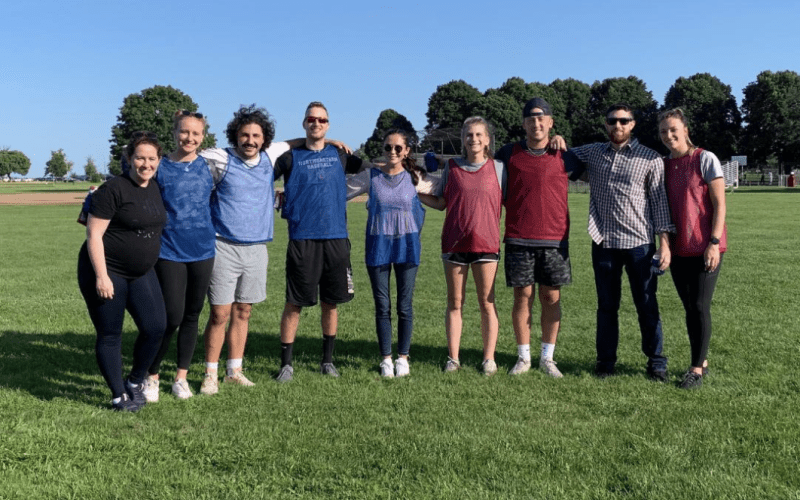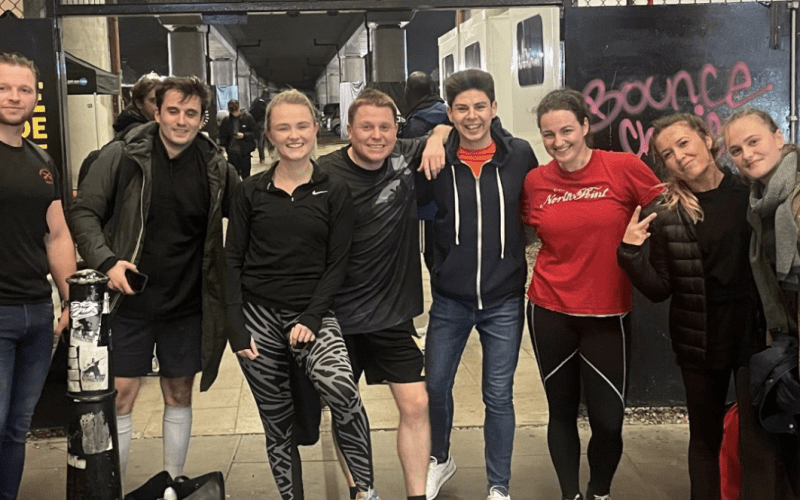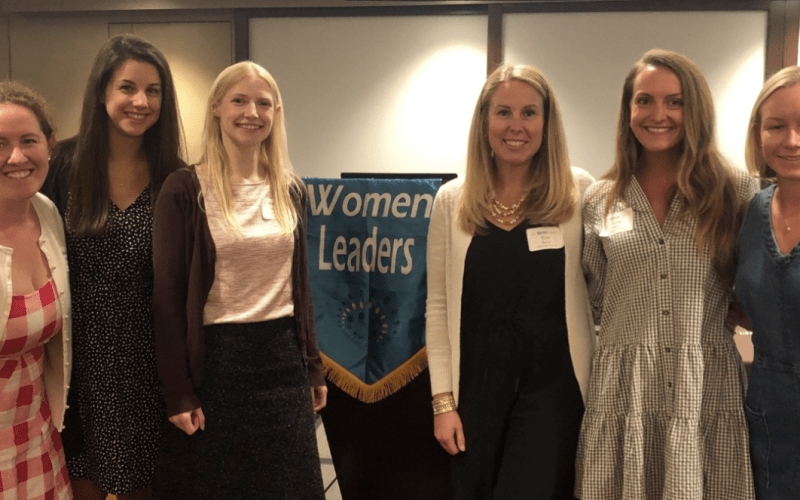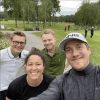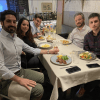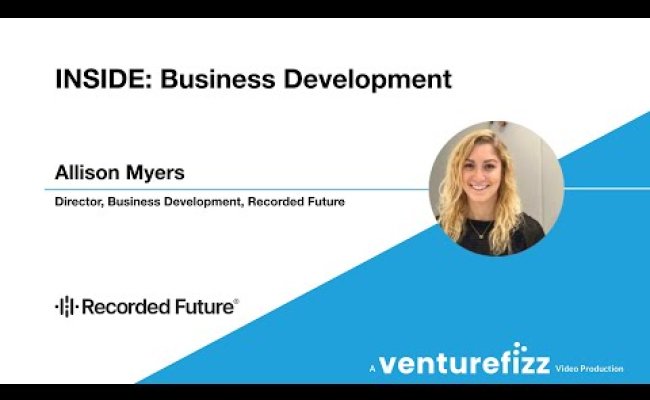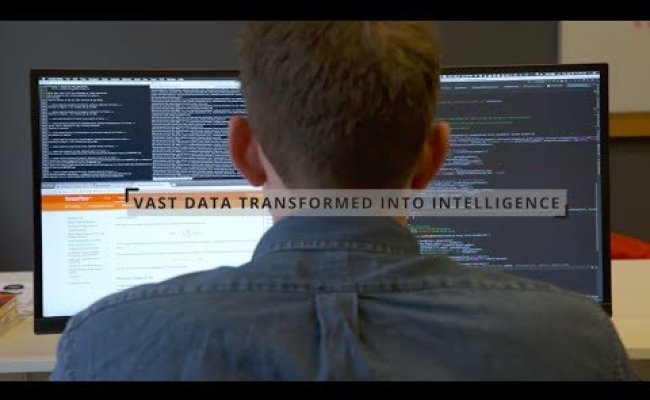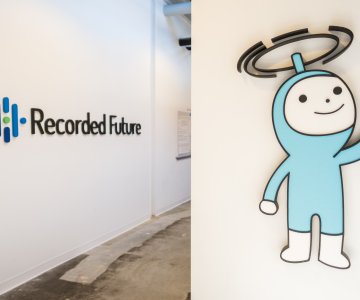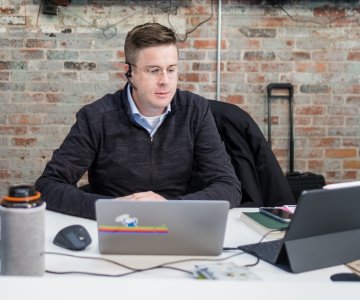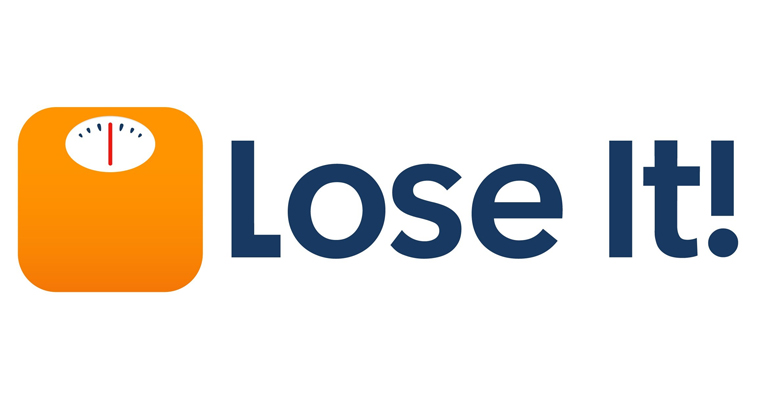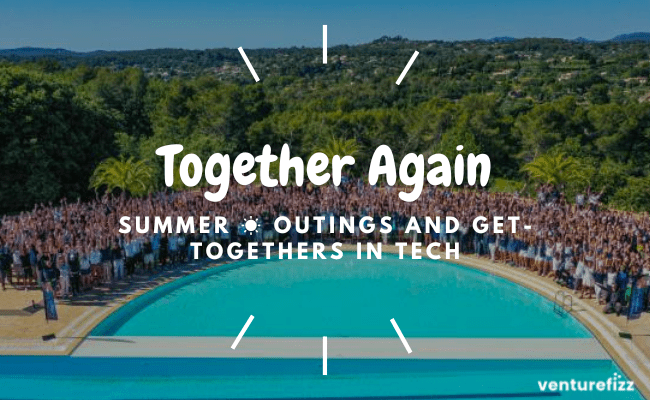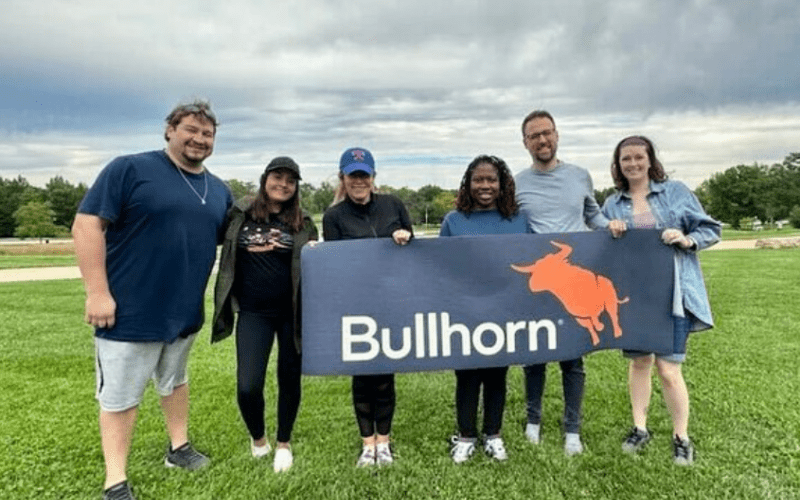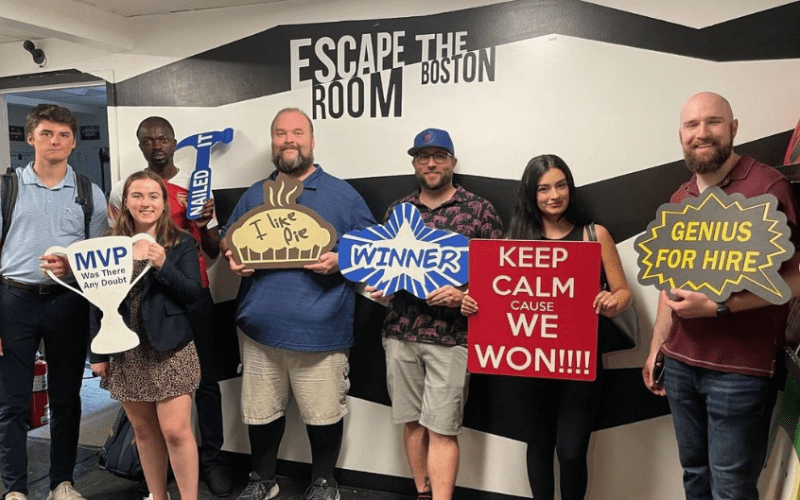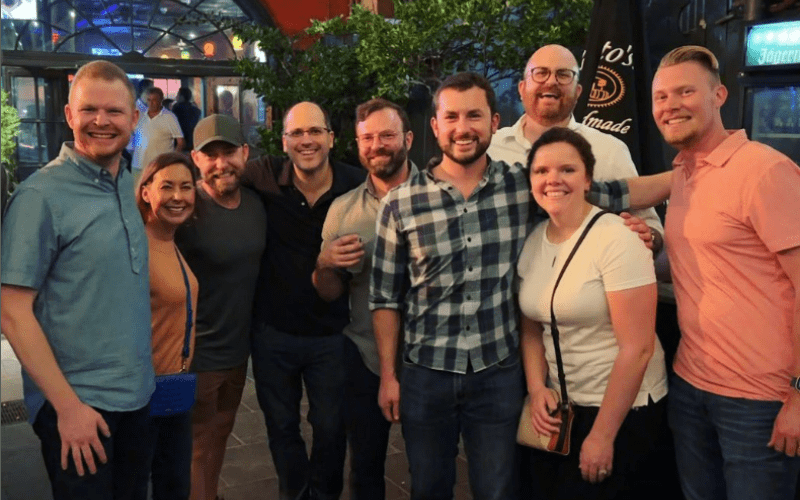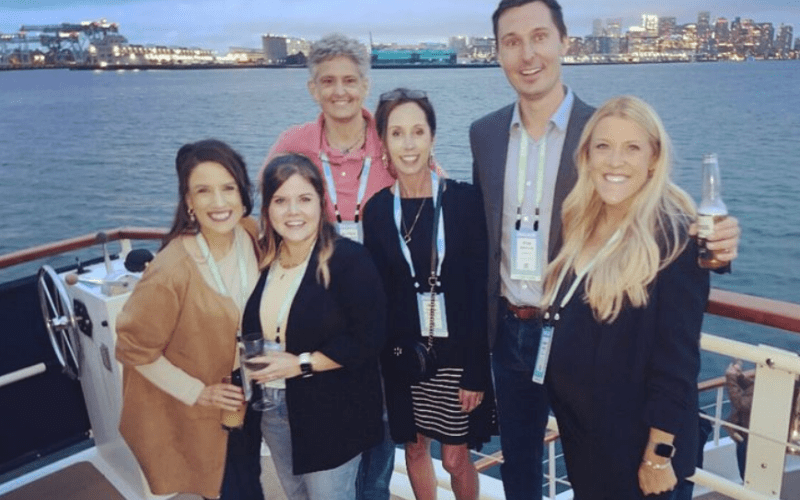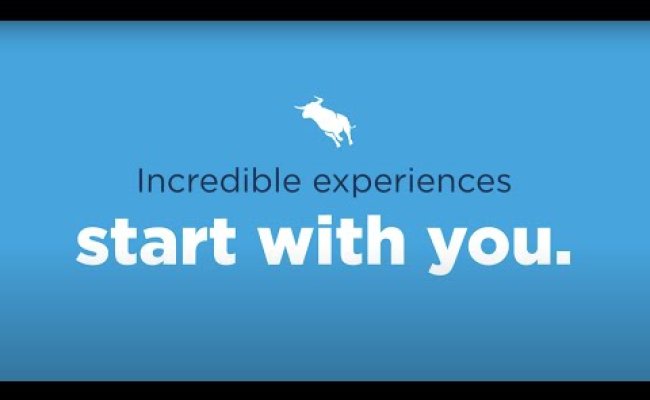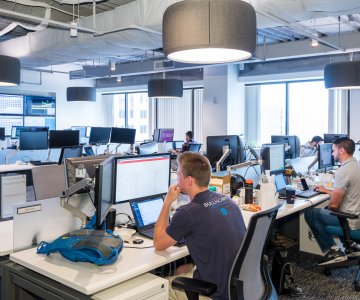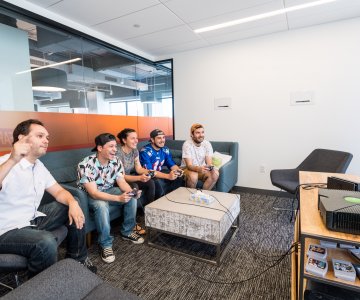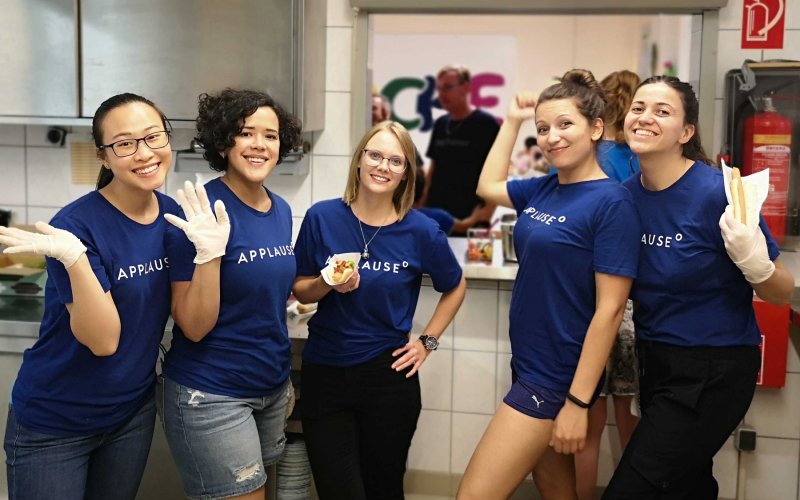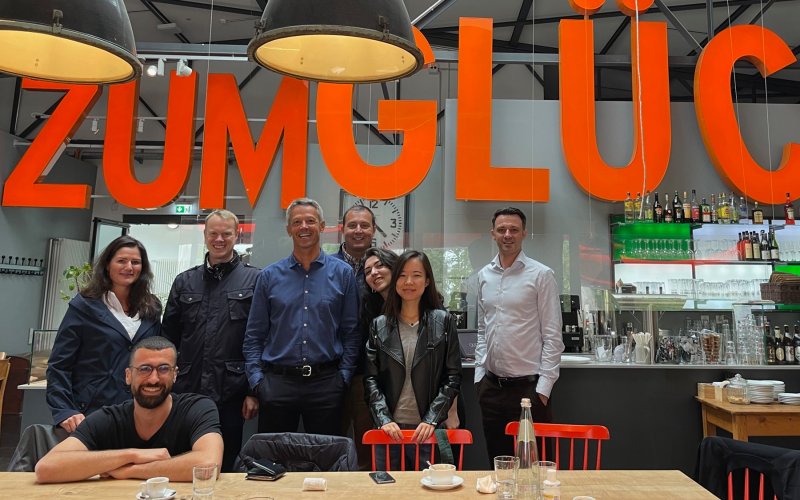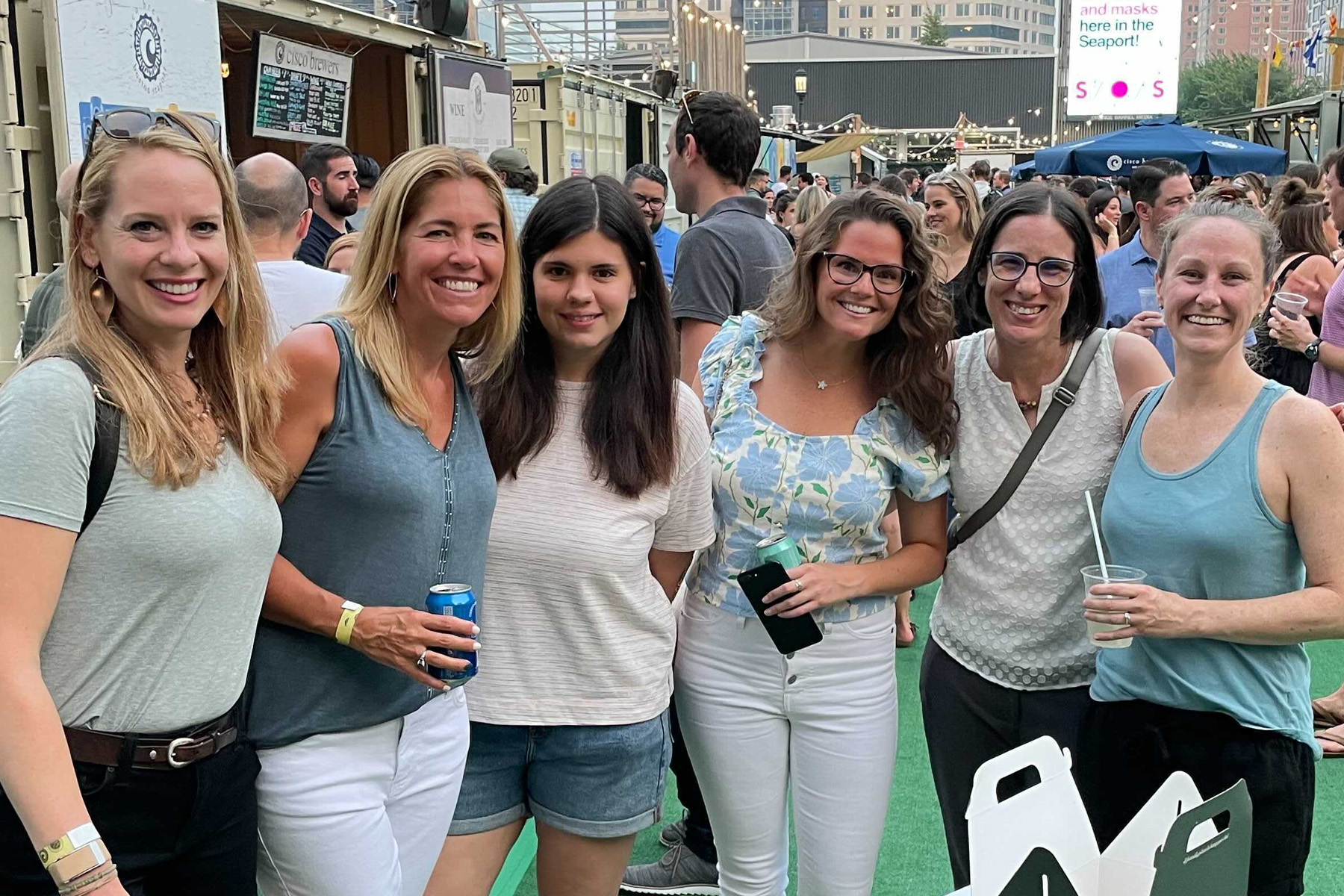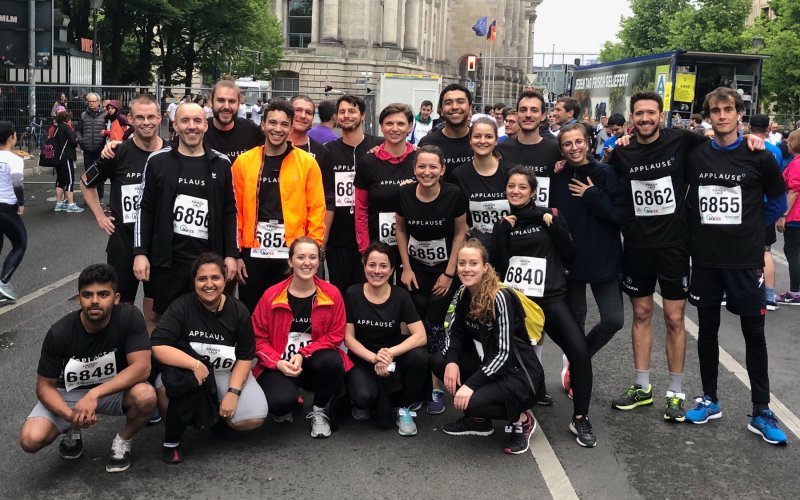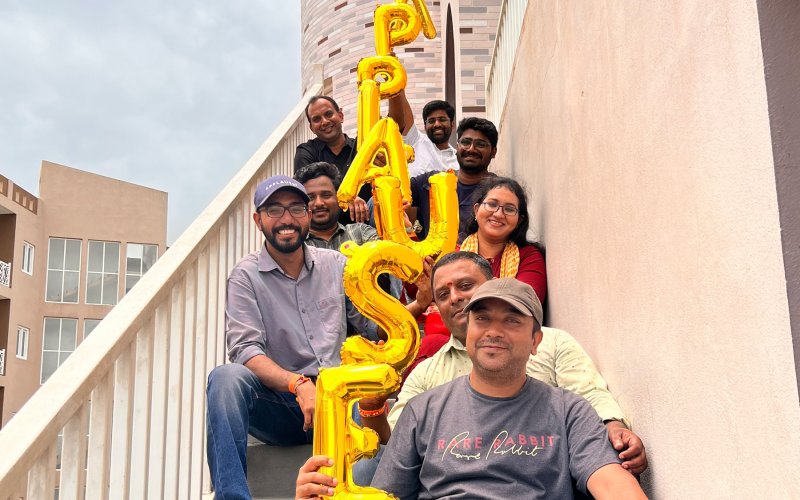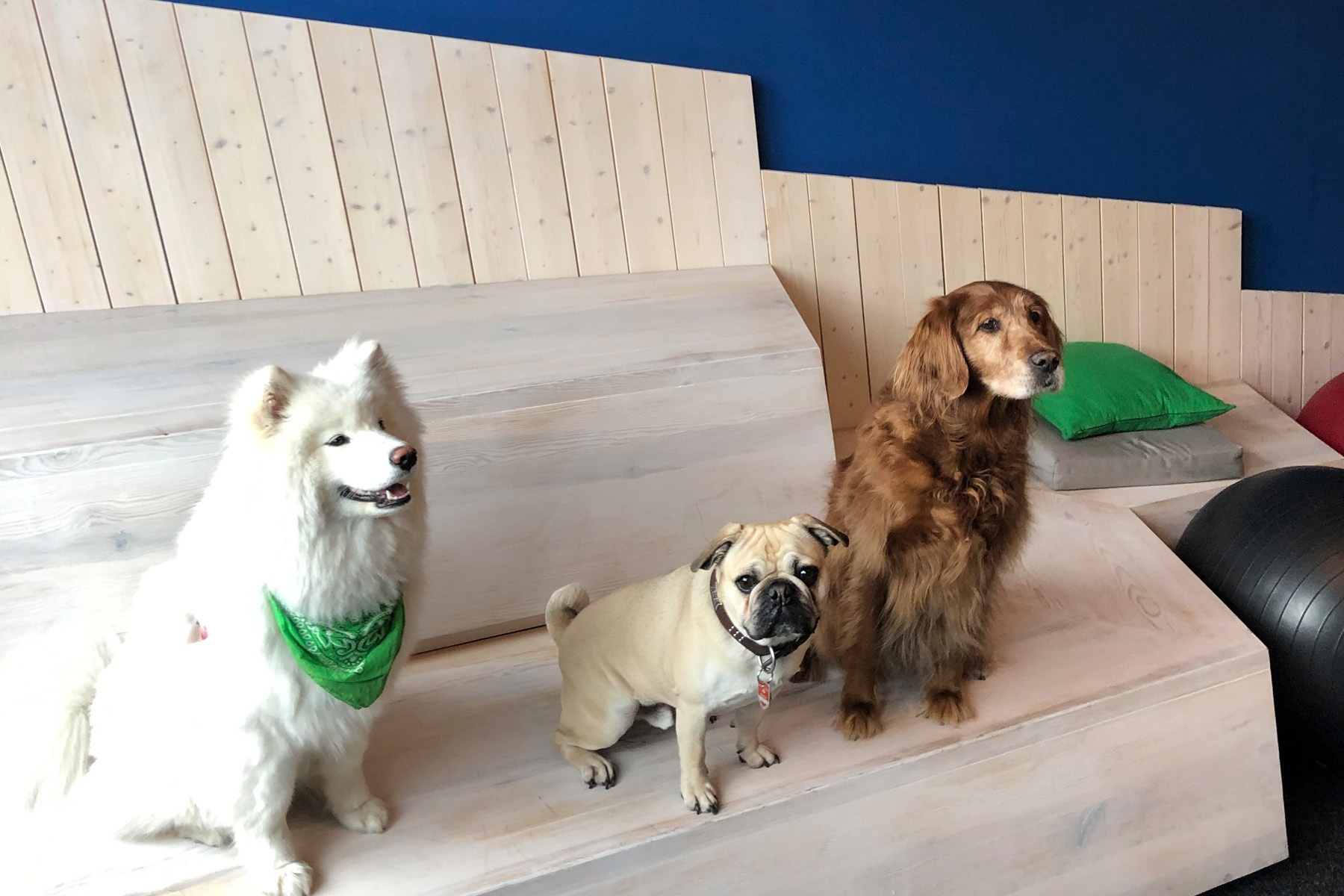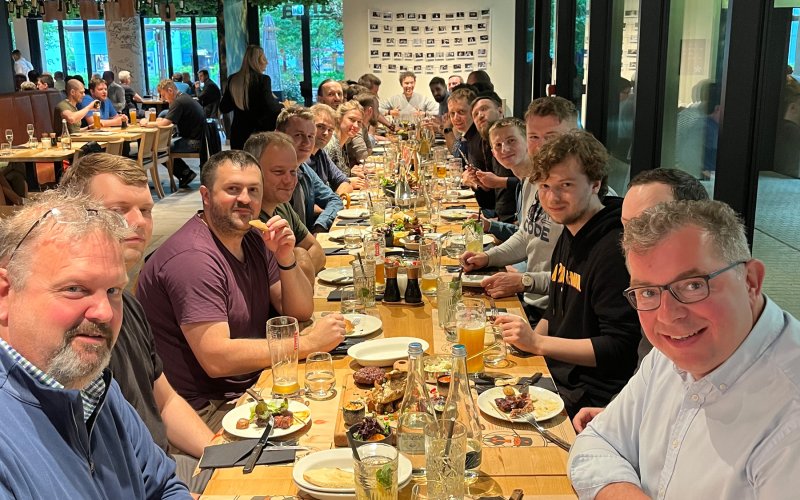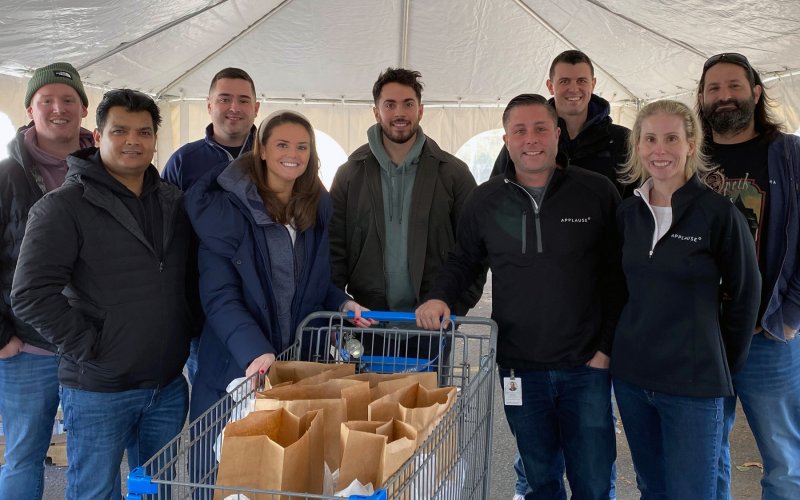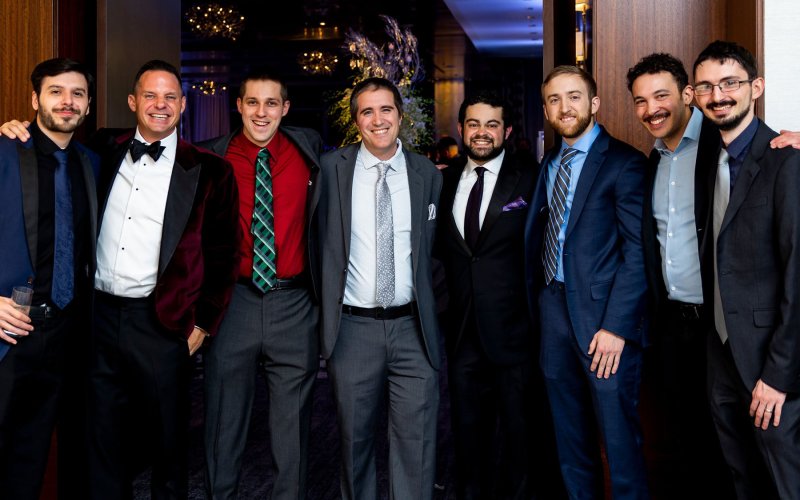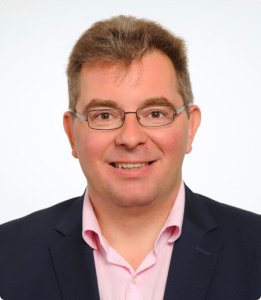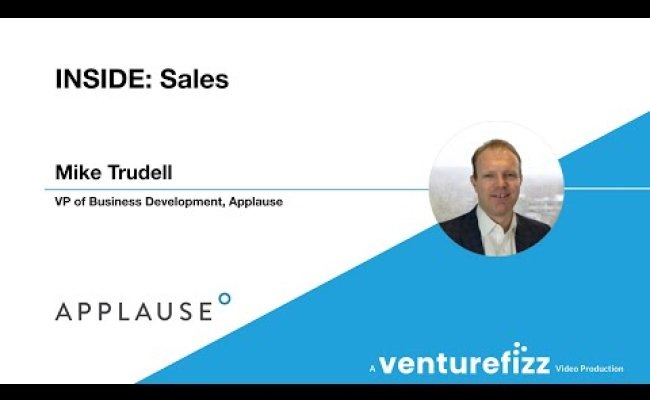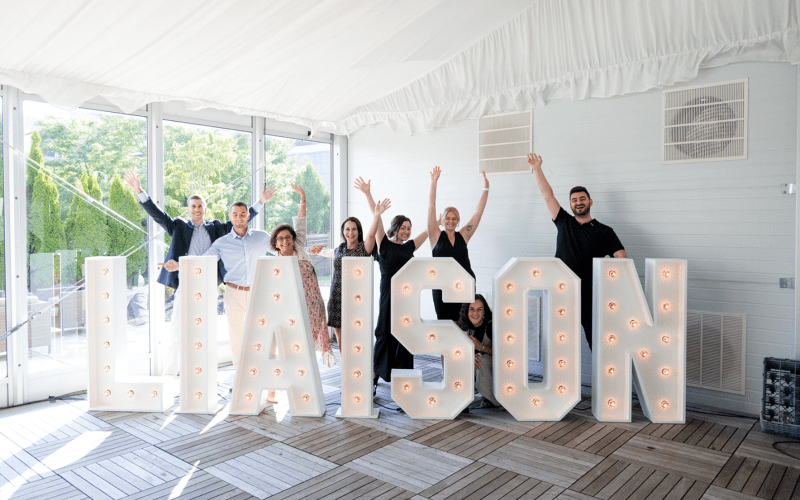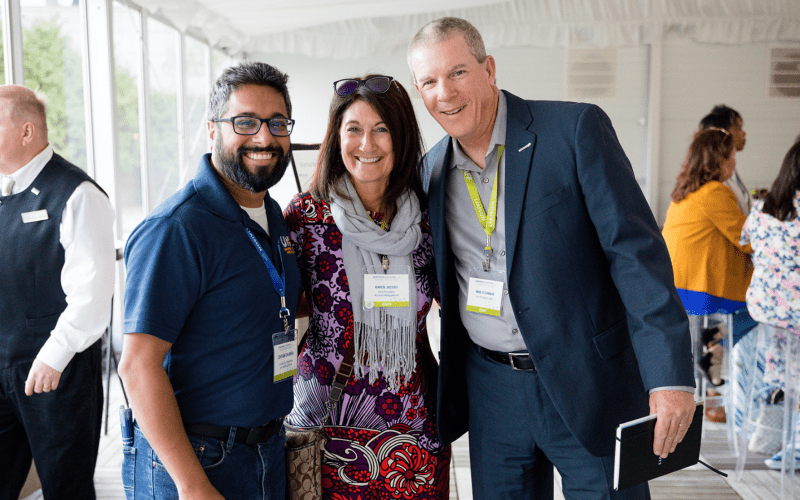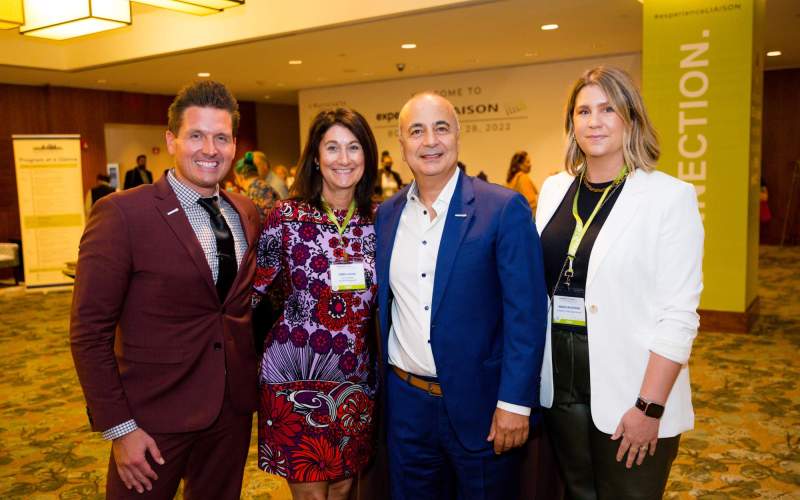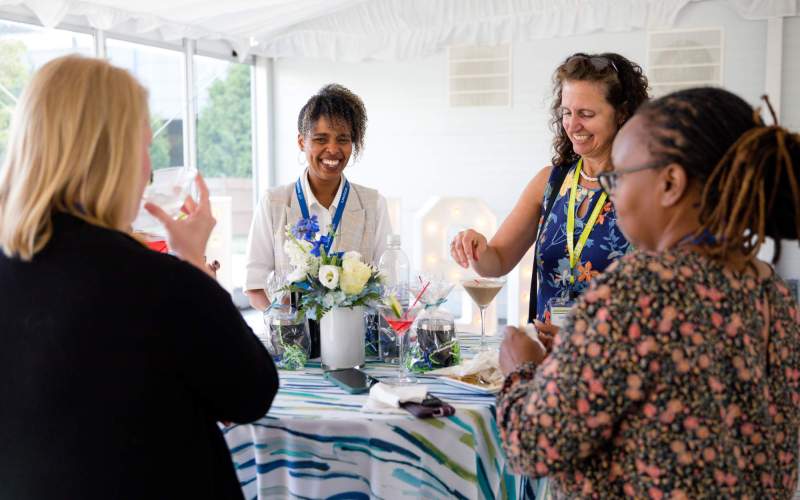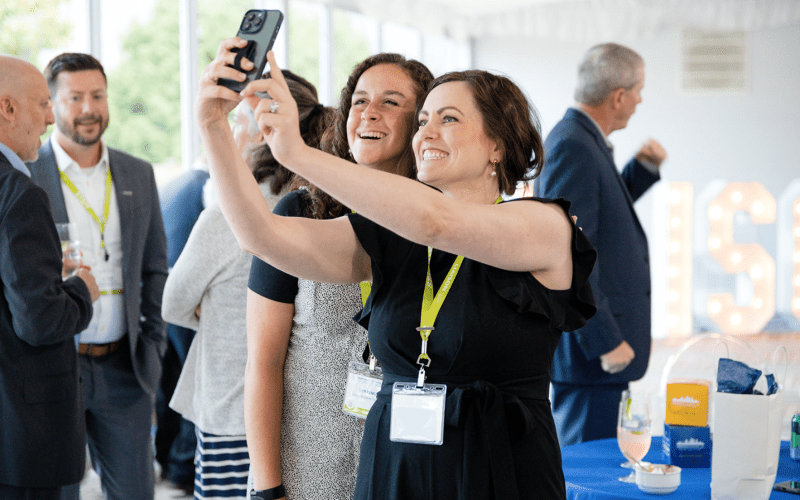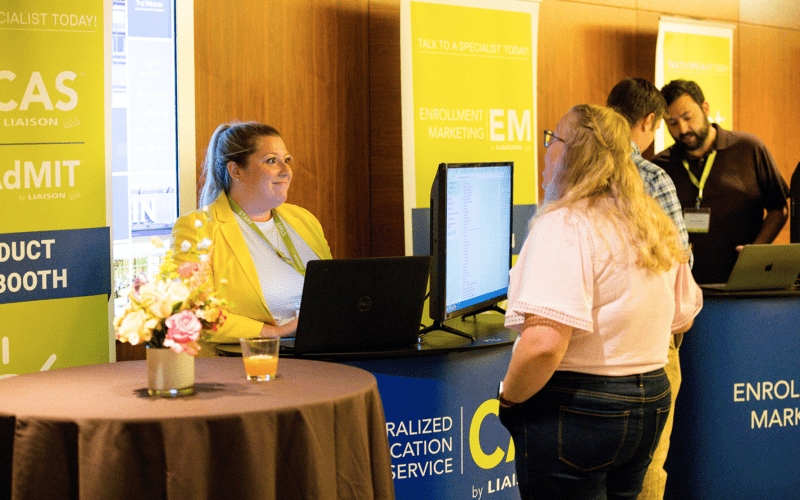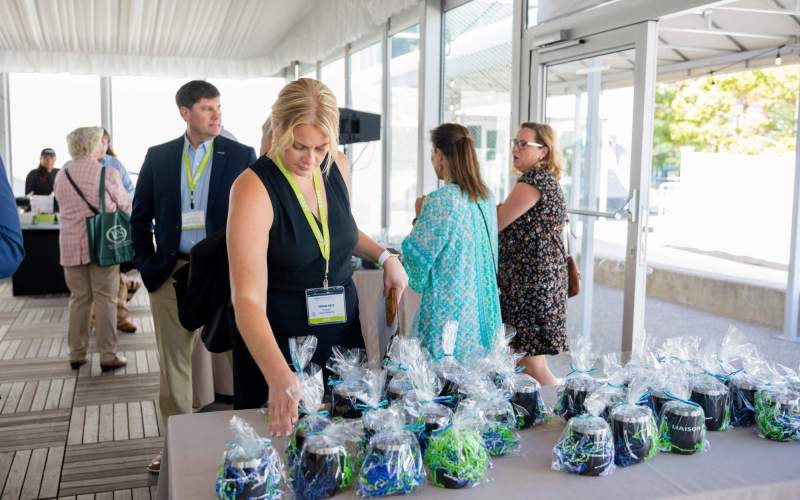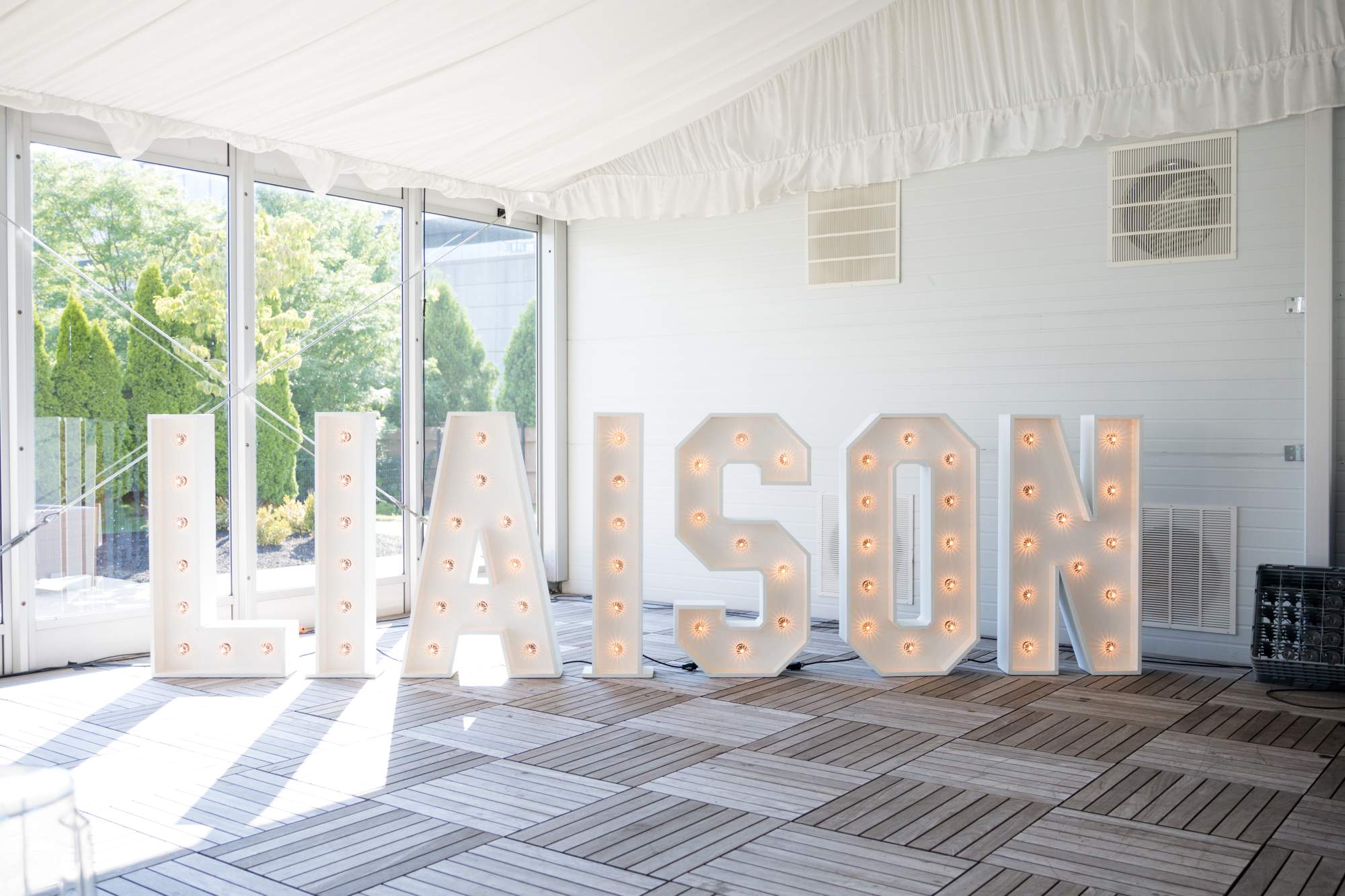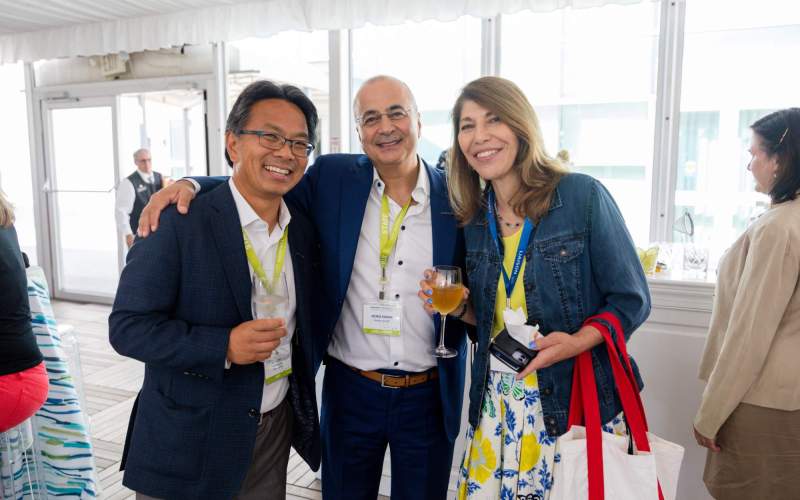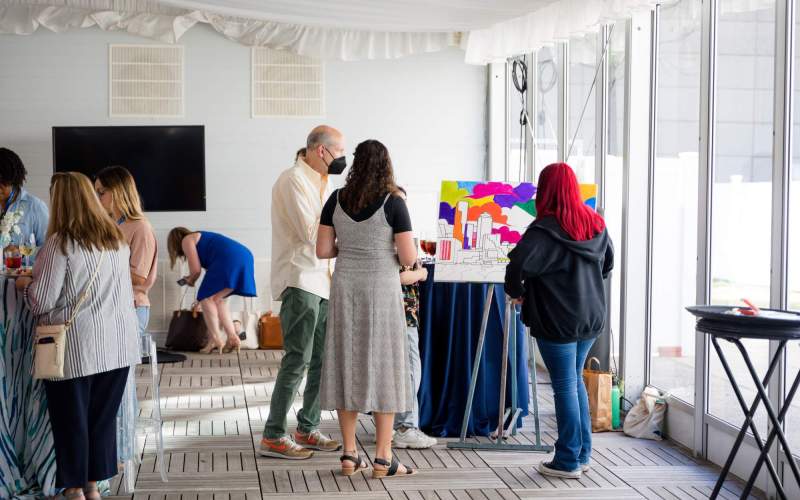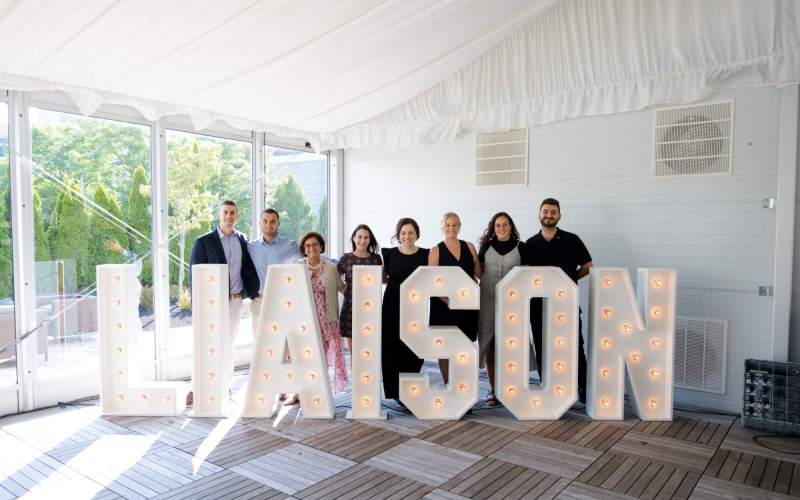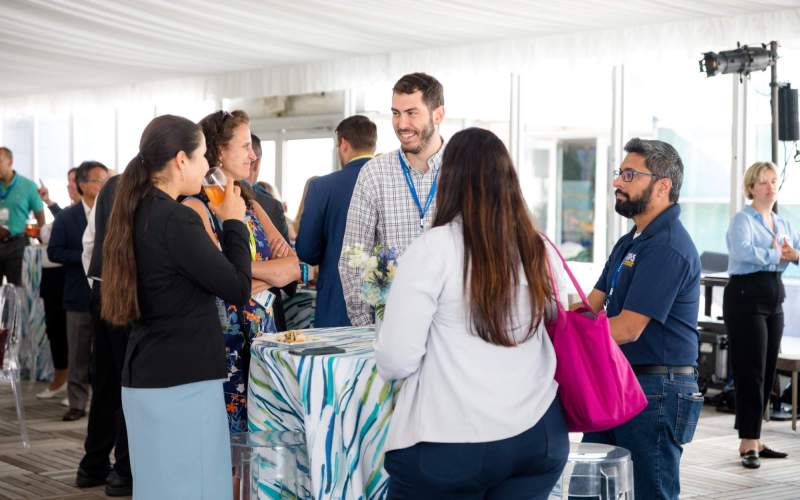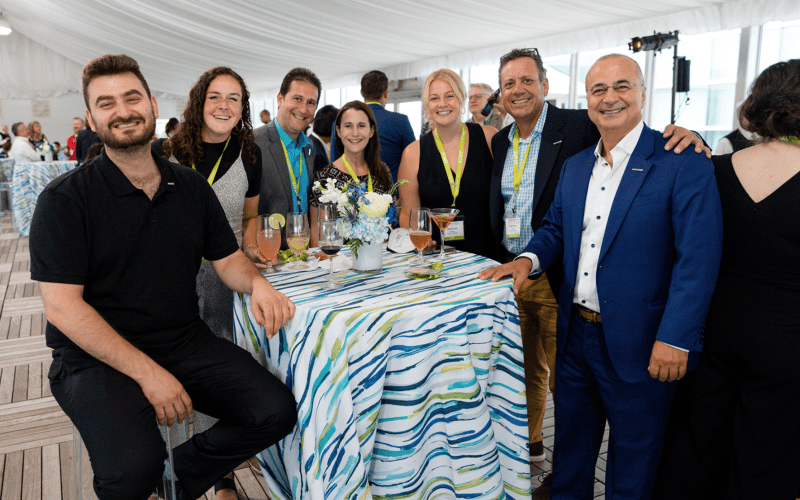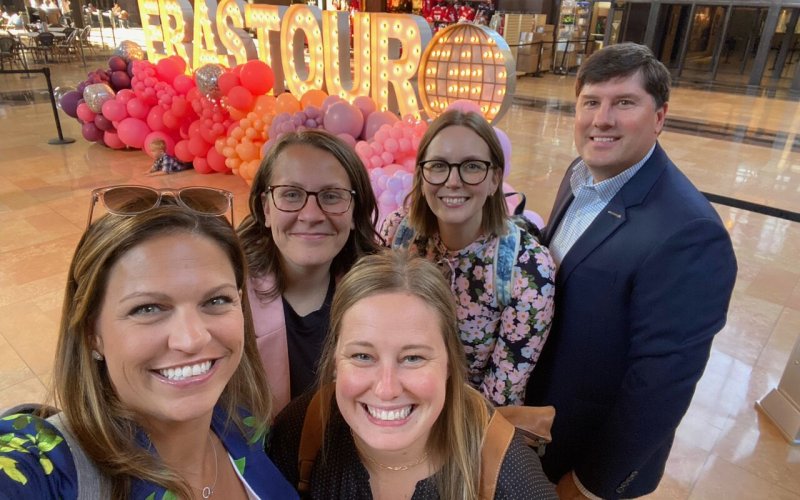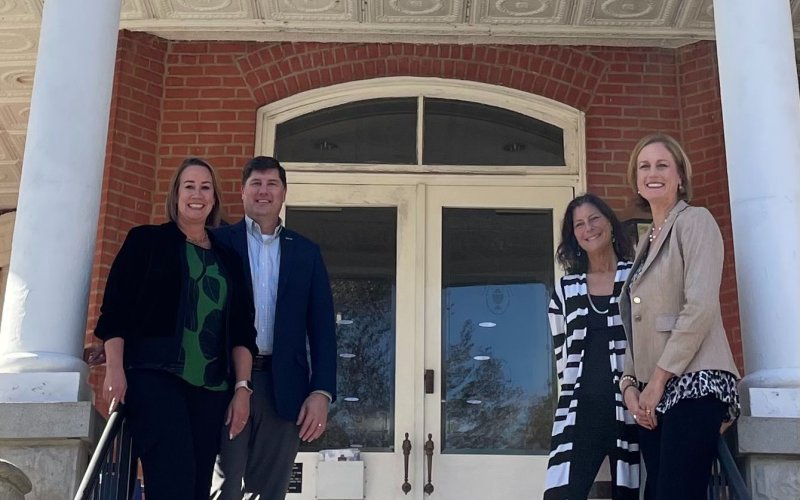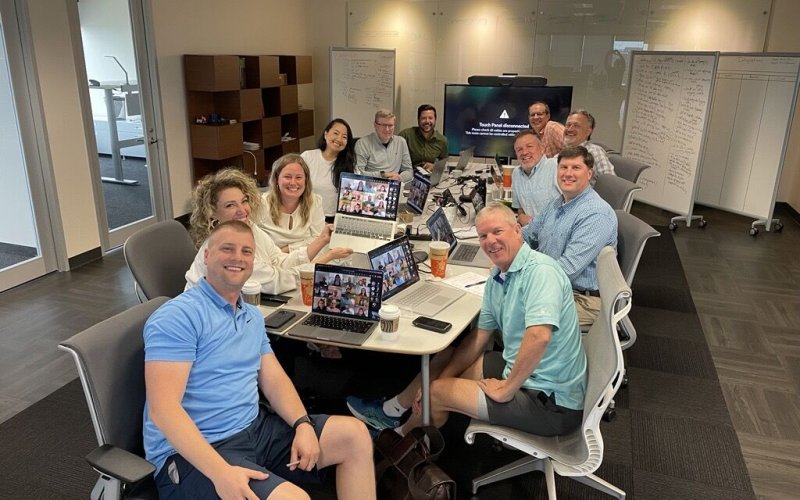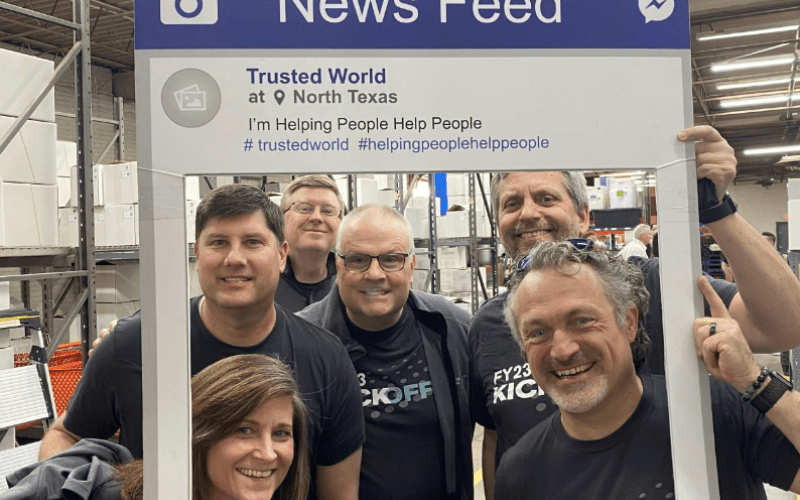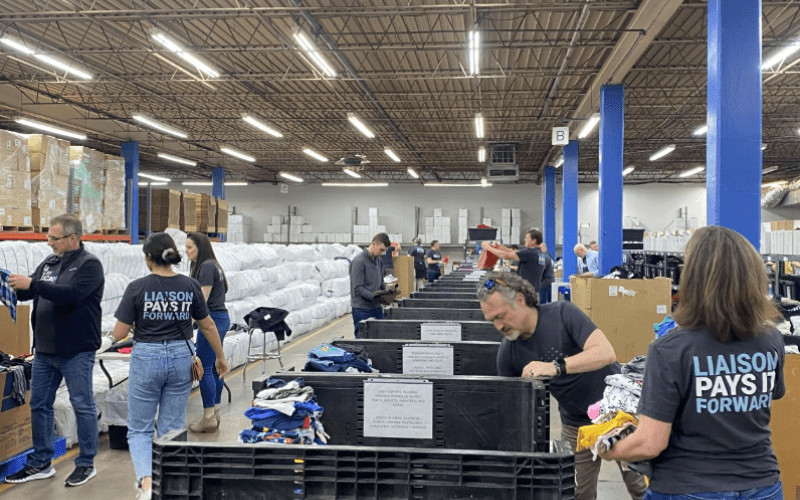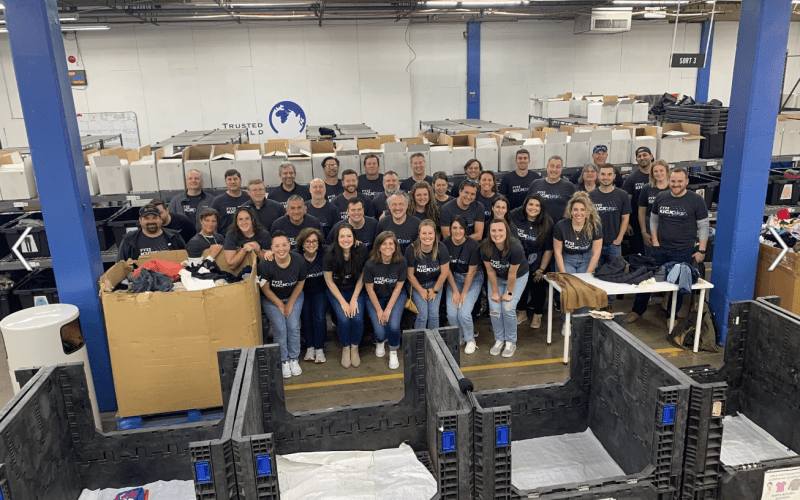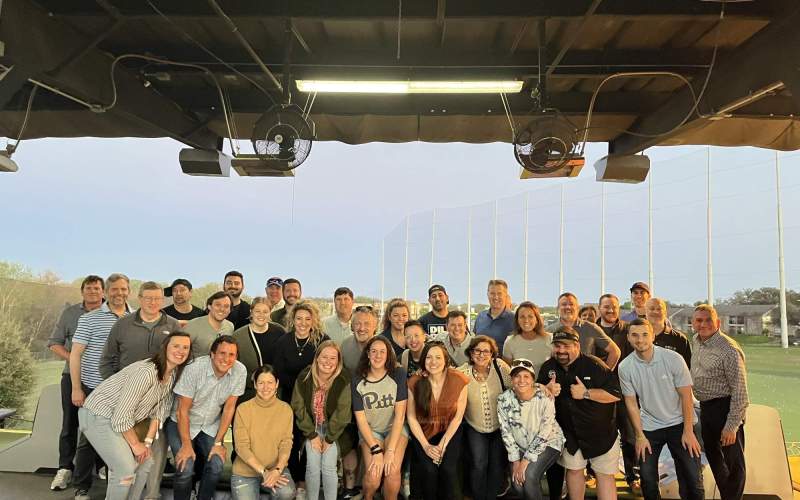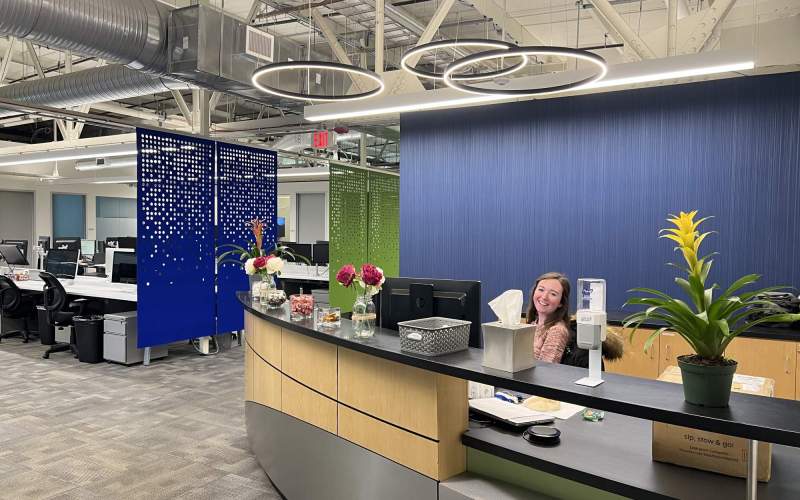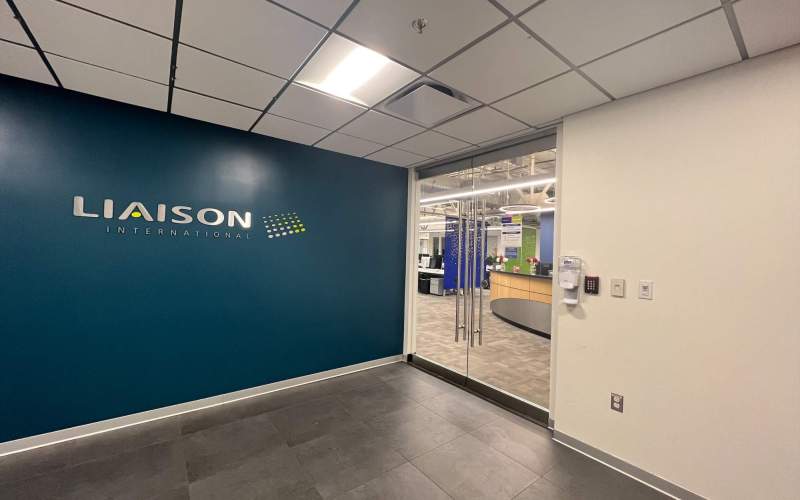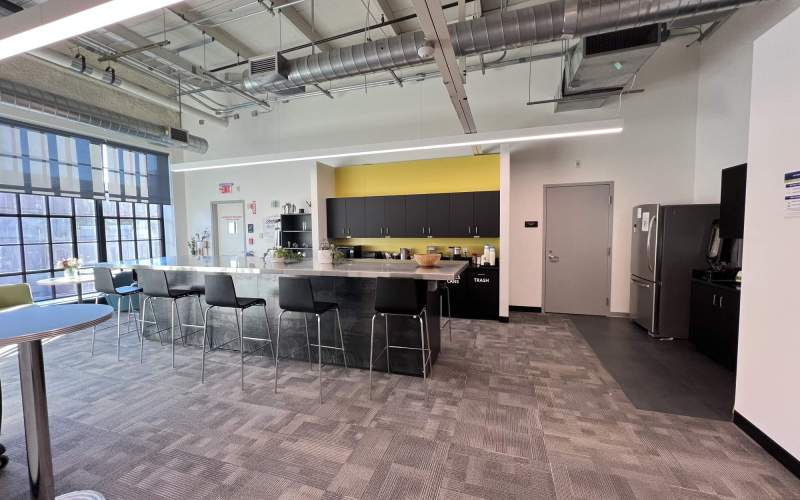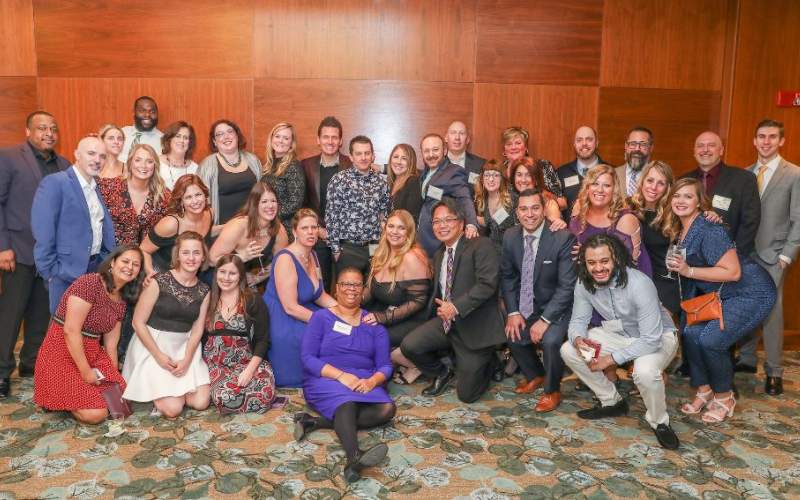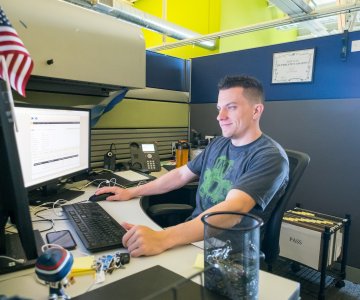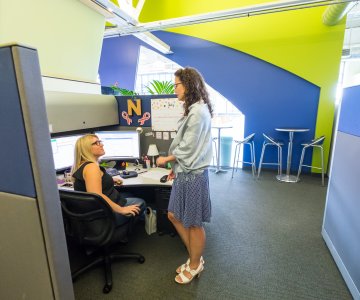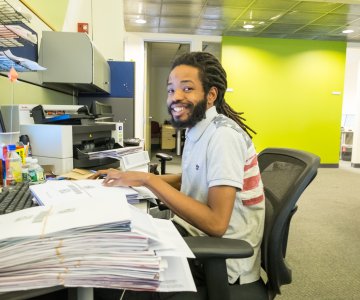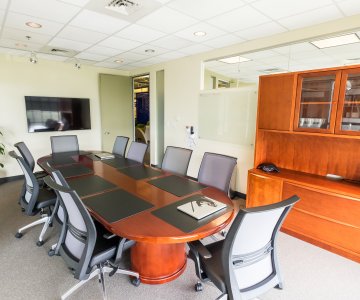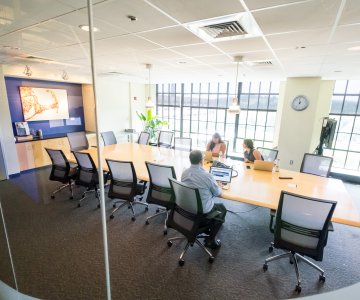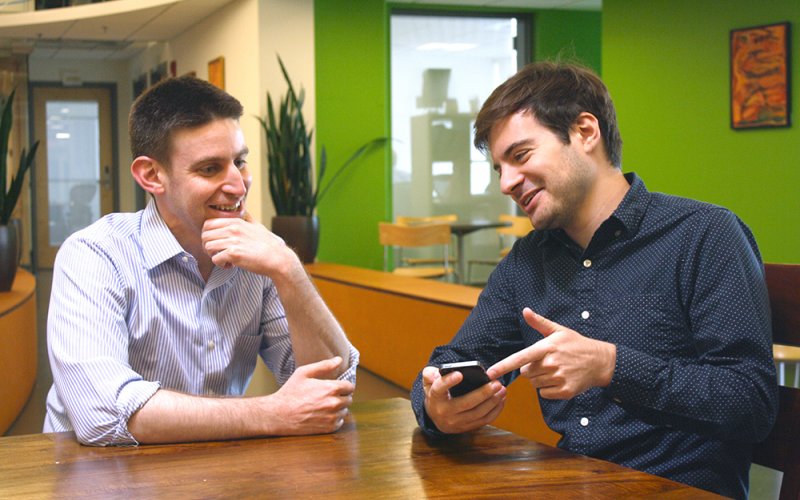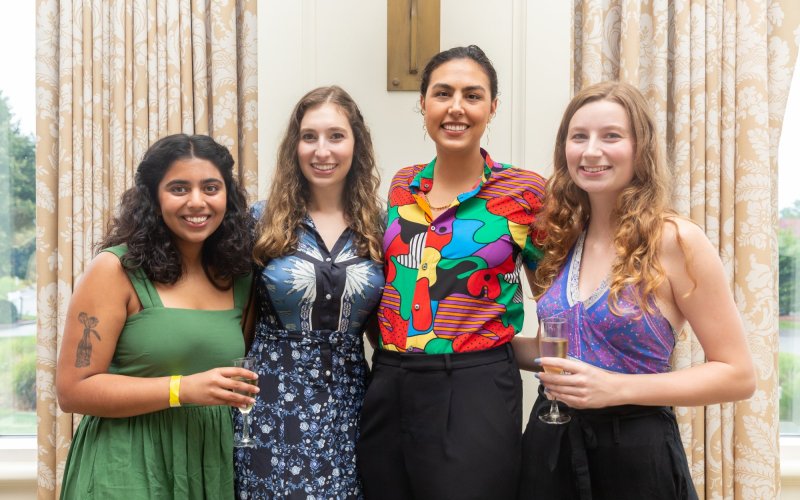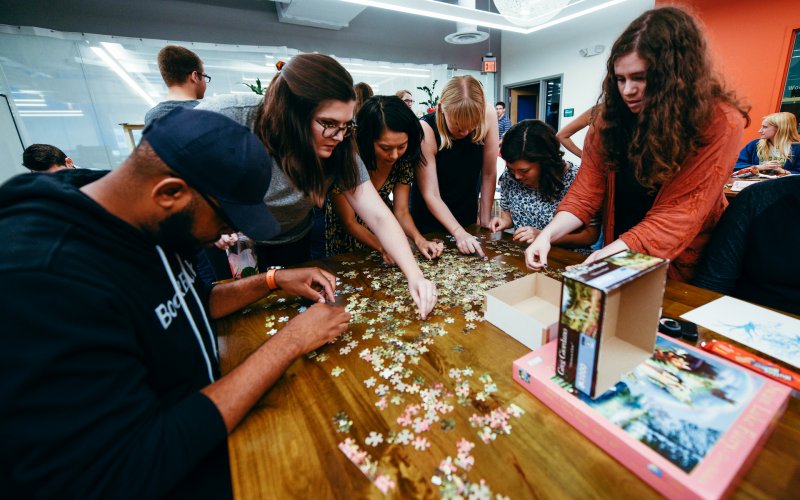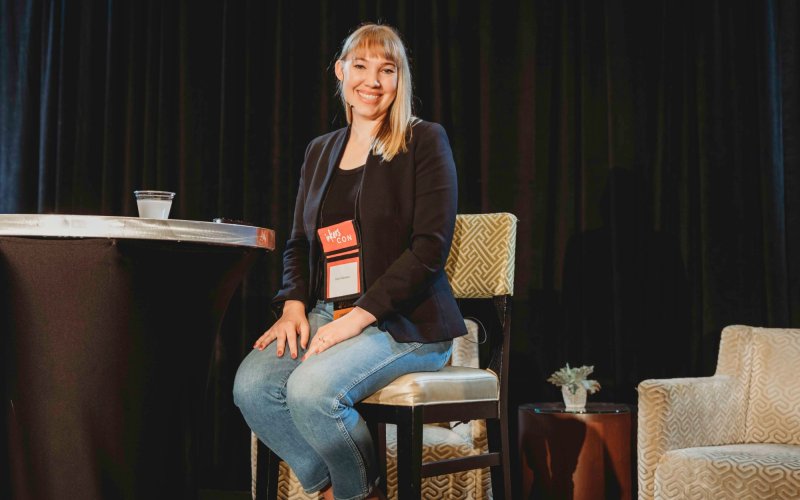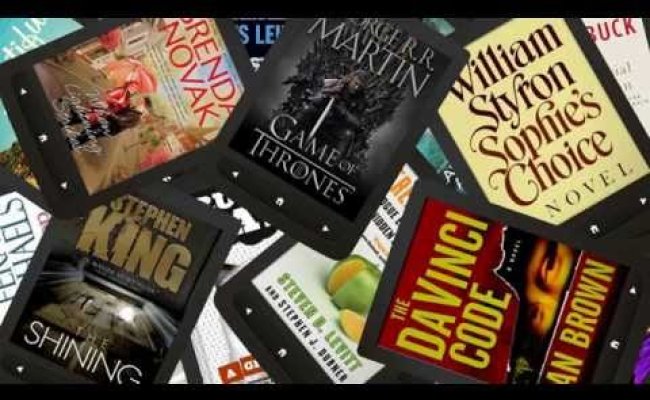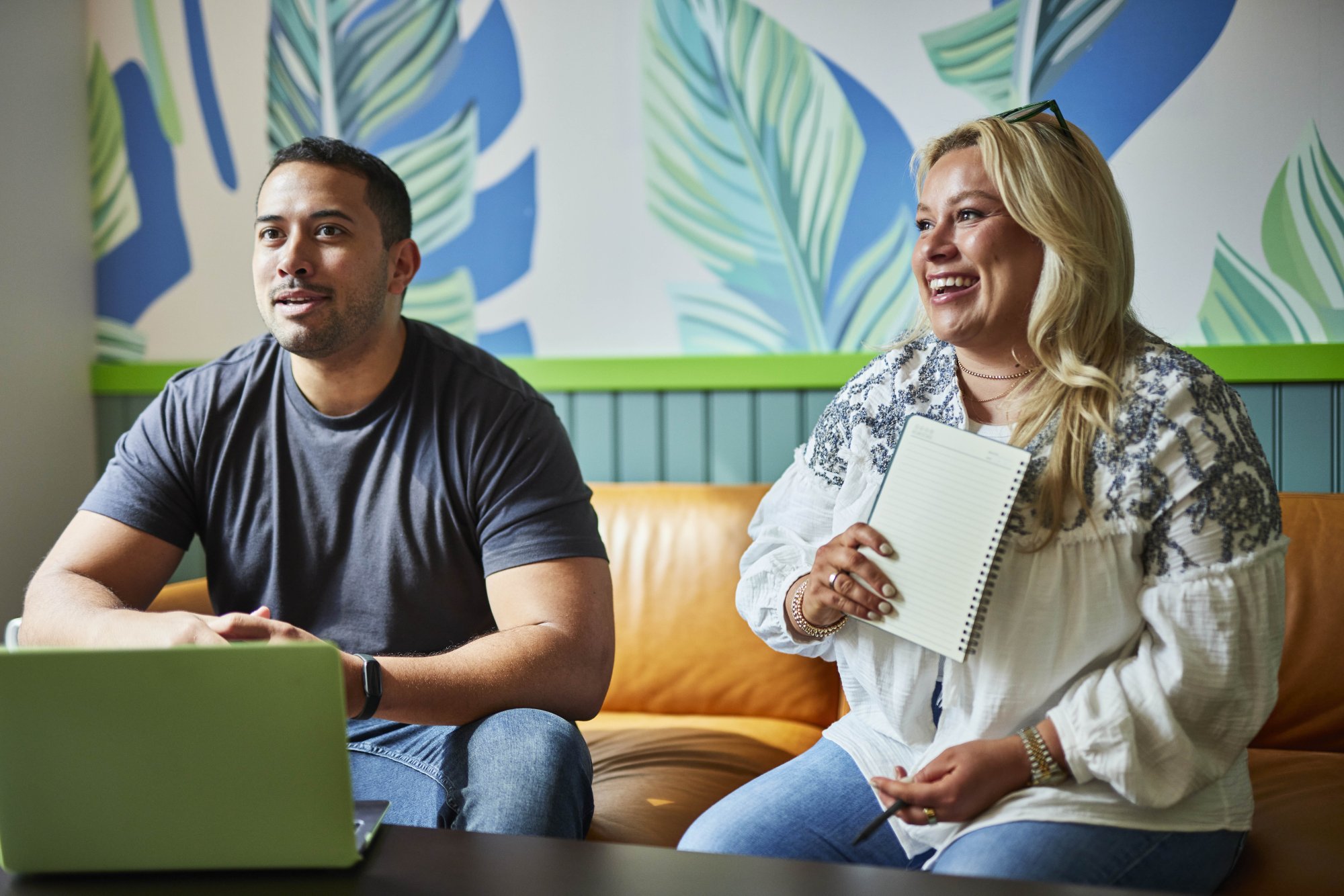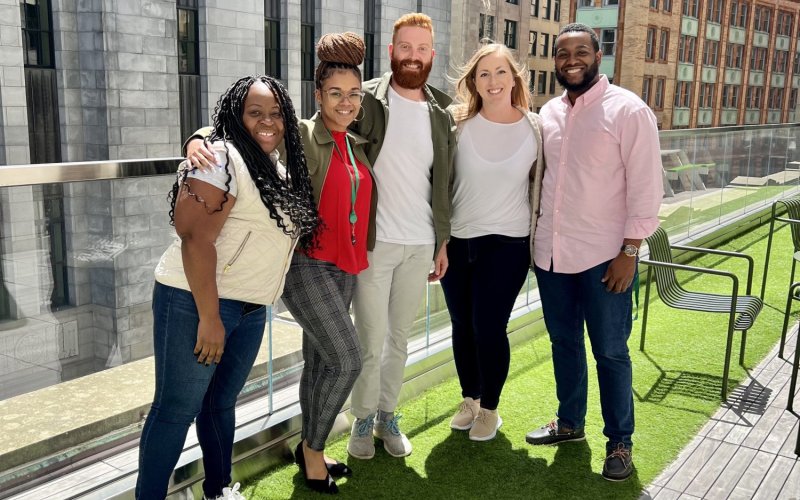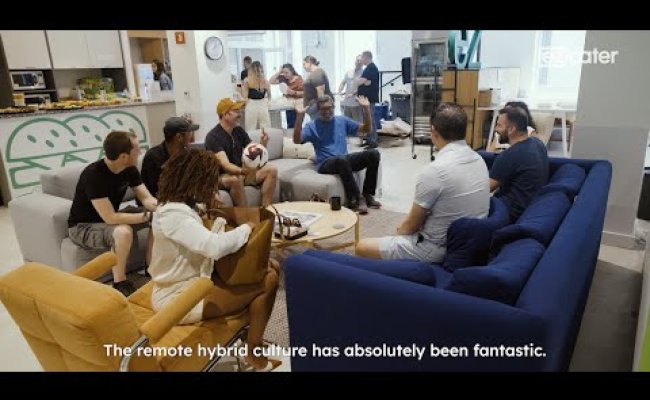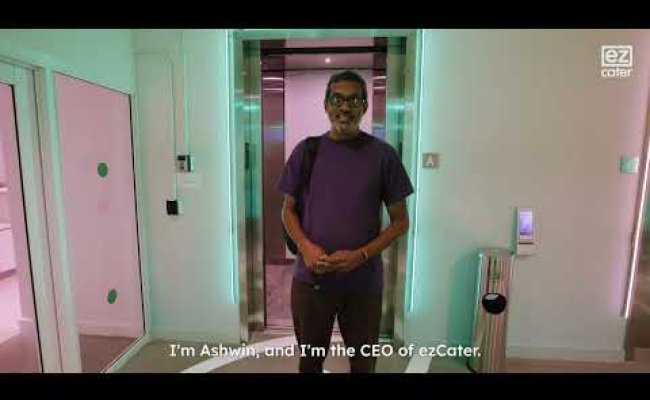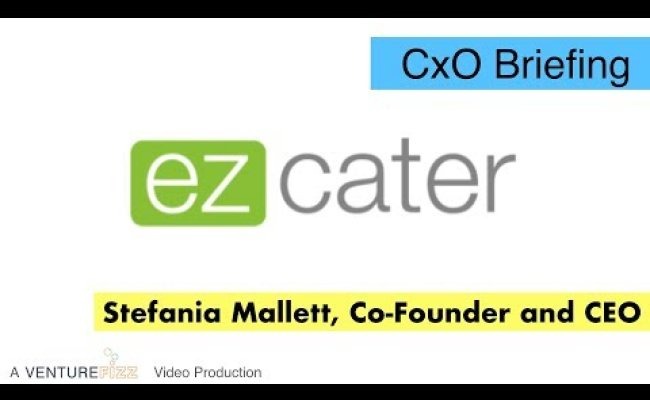One of my favorite business success stories is that of former ESPN President, George Bodenheimer, who started his career at the sports media conglomerate in the mailroom. 17 years later, he was running the “Worldwide Leader in Sports.”
I was reminded of this story last week when I sat with Charles Teague, the co-founder and CEO of Lose It!, one of Boston’s most promising consumer tech companies (and another example of Boston’s ability to “do” consumer).
While the story isn’t exactly the same, the start of Teague’s professional career and the journey he took resembles that of Bodenheimer. Even the time from graduation to head of their respective company is eerily similar (~17 years).
Charles Teague graduated from Macalester College in St. Paul, Minnesota with a degree in Political Science.
“I got out and said to myself, ‘What do I do now? What am I going to do for a living?’”
Not an uncommon thought or fear for college grads. However, the difference with Teague was his love, and skill set, for computers. He purchased his first computer at age nine and has been perfecting those skills ever since.
Why didn’t Teague go to school for computer science rather than political science? “I have no idea… It just never crossed my mind,” he said to me. Well, it didn’t stop him from making a successful career of it.
Soon after graduating, Teague got introduced to JJ Allaire, a technology entrepreneur who was working on a dynamic web application. Allaire (also the company’s name) needed someone to answer his phones. At $12 an hour and the opportunity to work in technology, Teague was in. What stands out even more, he turned down grad school in favor of the role.
In at the ground level (he was Allaire’s first employee), Teague worked his way up the organization, as it grew, step-by-step, role-by-role, adding value wherever possible. He became an integral part of Allaire, ultimately leading the product team for ColdFusion, a pioneering product that helped shape and define the practice of dynamic web application development.
In 1997 they raised funding from Polaris Partners and moved the company to Cambridge (the start of Teague’s career in Boston). Allaire went public in 1999 and was purchased by Macromedia in 2001 (Adobe Systems later purchased Macromedia in 2005).
After both had left Macromedia, the duo reconnected and embarked on another venture, Onfolio. This time around, they built software for discovering, capturing, organizing, and sharing information around the web. Three years later, in 2006, Onfolio was acquired by Microsoft and their main product became what is now known as Windows Live Writer.
After the acquisition, Microsoft moved the team to Redmond, CA and Teague assumed the role of Principal Development Lead, responsible for Windows Live Writer. Come 2008, Teague knew he wanted to get back into the startup world and left Microsoft for a return to Boston. He was brought on as a Technologist in Residence with General Catalyst Partners, at which David Orfao, formerly CEO of Allaire, was a Managing Director.
Teague said he was in part driven back to startup life by the release of the iPhone. When he initially read about the iPhone, he expected it to be a bust. But he was fascinated once he got his hands on an iPhone and ultimately came to realize what the future held.
Part of his strategy behind joining General Catalyst, Teague explained to me, “was to find out what, specifically I wanted to work on.” He referenced Mark Andreessen, who once said he would choose market timing over people. Teague believed his time at GC would help in identifying a dynamic opportunity.
There’s An App For That!
While Teague was at General Catalyst, he once again reconnected with his longtime friend and business partner, JJ Allaire, who was working on a health app with designer Paul DiCristina. “JJ was just doing it for fun and to explore the iPhone as a platform. He didn’t have long term plans for it when he started. I saw this as the dynamic market I was looking for,” Teague said.
Allaire and DiCristina released the first version of Lose It! late in 2008, which at the time, was mainly used to track calories. As Teague continued his work to find the right opportunity at General Catalyst, Lose It! gained popularity and become a highly successful free application on the iPhone. After a conversation with JJ about the future of Lose It!, Charles logged into the Lose It!’s feedback gmail account, which had been sitting untouched. The inbox was full of thousands of messages; most of them gushing thanks and explaining how Lose It! had changed user’s lives. Motivated by the impact that Lose It! was already having on people across the country, Teague took the leap, and left General Catalyst to take over Lose It!.
Being a product guy through and through, Teague didn’t subscribe to the theory that you need to create a brand new product in its own market, but rather capitalize on an existing opportunity by doing things better than the competition.
He saw the weight loss market as ripe for disruption, where the value in the market should be shared with consumers, instead of just reaped in by multi-billion dollar companies. Teague saw the opportunity to change the market and deliver value back to people through great products, services and programs that help people lose weight and live healthier, more fulfilling lives.

Lose It! saw millions of downloads upon its debut and became so popular it was featured in one of Apple’s first “There’s an App for that” ads.
Teague and Lose It! were officially off and running.
In order to keep up with the early demand, Teague left General Catalyst in early 2009 and spent much of the year continuing to develop Lose It! on his own before growing the team late ’09 early 2010 by adding engineers, community managers and a business development team.
Fast Forward to 2015
Following the company’s growth in 2010, Lose It! continued to add features, build its member base, implement a premium offering and bring on more talent.
Lose It!, available on iOS and Android, offers both offers free and paid options, both of which will also be available once launched internationally, and boasts over 24 million members and growing.
As a user of the free version, you’re able to track your food (simple search function as well as barcode scanning capabilities) and exercise (manual entry plus sync with other fitness apps and HealthKit), track weight loss progress, engage with friends and community members for social support and challenges as well as access valuable data around your health and fitness habits. Teague is “passionate about delivering the very best tracking and community experience possible” in the free version.

The premium offering, which runs $39.99 per year, takes things a step further offering meal planning, custom challenges, detailed insights and trend reports and much more. I’m told hundreds of thousands are using the premium version of the app, taking advantage of the next level of health and fitness guidance..
Teague pointed out a specific premium member who was able to get detailed insights into which food in her regular diet (salsa) was attributing to her high sodium metrics. He also alluded to his own wasted calories on craft beers, with Lose It! suggesting a move to a light beer.
Essentially, the premium offering provides a more long-term, sustainable support system to those who need and want the extra motivation and help.
What’s Next?
The team is now seventeen strong and growing. Teague told me, “Finding great talent is our biggest priority right now. We are disrupting the weight loss industry, building innovative products and on the cutting edge of the latest technology. We’re looking for A players who want to be part of a dynamic, collaborative team and who want to help us achieve our vision as the leader in the digital health and fitness space. It’s an exciting time to join our team.”
That statement comes from the CEO of a company that just announced they’re taking their product over seas. With more than 24 million users in the US and Canada, “we’re now ready to deliver a great product - up to our standards - in other countries,” Teague said. “The move to international markets goes beyond localization (meters vs. yards or language). There are important cultural aspects we had to ensure we could cover as well,” he added.
Lose It! will continue to look to add new features like the recently launched, Ascend, which is a platform geared toward fitness professionals to help them better serve their clients. Ascend works similarly to Lose It! in that it tracks and analyzes nutrition and fitness regimens, but this product allows personal trainers, nutritionists, and health coaches to oversee their clients’ habits and provide feedback in real-time, generate reports, and engage with their clients directly within the app (helping to minimize off-hour communication (something many trainers will embrace) - all for just $3 per client.

Even with the expansion to international markets Teague has no plans to raise funding - a clear indicator that their premium offering is succeeding. The company raised its Series A in 2012 from General Catalyst and UnitedHealth group.
For now, Teague, who takes pride in the fact that he and his team are proving consumer tech can be built successfully here in Boston, is focused mainly on growing his team and attracting the very best talent around:
“Here, you have the ability to build something that is helping millions of people lose weight and live healthier lives. Our members give us feedback all the time and we listen and incorporate what we hear into our products. Being customer-focused is paramount to our culture and something every member of the team embraces. Our employees are part of one of Boston’s largest consumer tech companies, working on the forefront of technology at a scale that is hard to achieve. We work hard, love what we do and have a great time doing it.”
Charles Teague started as an office assistant to an entrepreneur in Minnesota some 19 years ago. The two have since partnered on three different companies - the first two of which realized very successful exits. The third… well the final verdict is still out. And while Lose It! is already a Boston success story, if Teague’s track record remains intact, this the story is far from over.
Josh Boyle is Director of Marketing & Community, VentureFizz. You can follow him on Twitter @jb_sid
and keep up with his latest posts by signing up for the VentureFizz Weekly Email!

